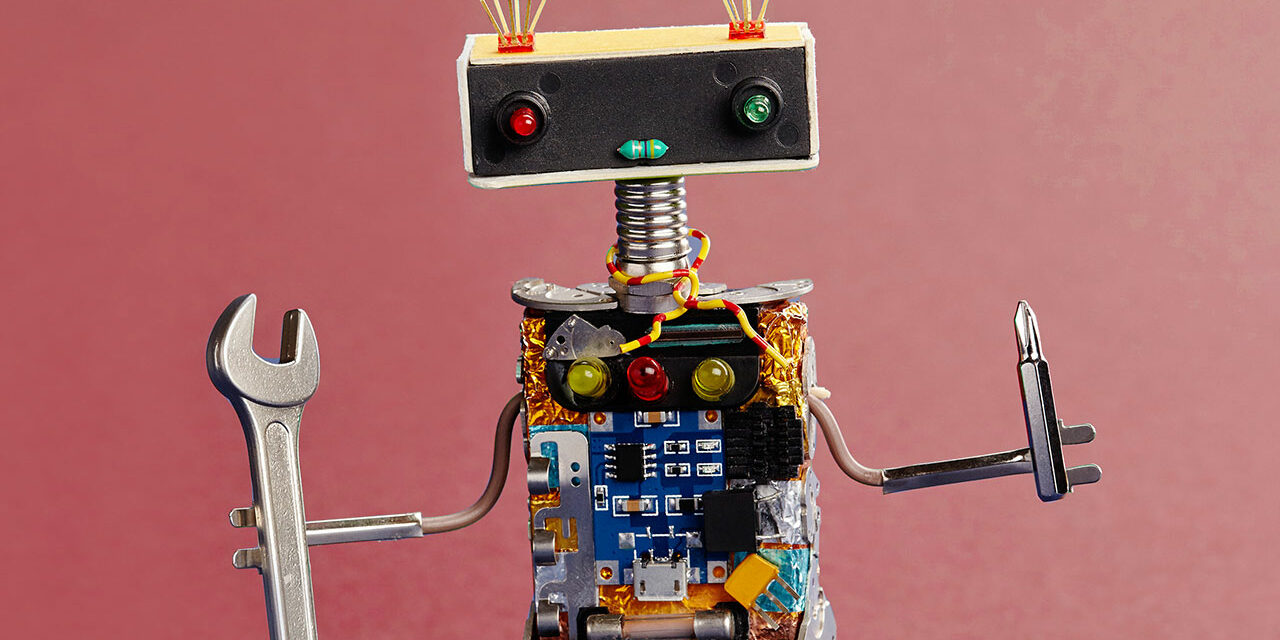Some startups fail because company founders, certain that their idea will succeed, don’t use market research with actual customers. In fact, of the 9 of 10 startups that fail, 42 percent do so because no market exists for their products, says Erin Griffith in Fortune. The good news is, you can test consumer response to your company’s products or services on a small scale for a relatively small amount of money. Here are four ways to do so.
The Purpose of Market Testing
Of the 42 percent of startup founders described above, it’s likely that close to 100 percent thought a large number of consumers would want to buy their products or services. More often than not, entrepreneurs focus on creating a business strategy or putting together a management team or cash flow statement, rather than dealing with product or service issues that can mean a company will be a financial success or a failure. It’s for this reason that market testing is so important. If your opinion regarding the consumer’s need for your product is not a valid one, this false assumption can have severe or perhaps devastating financial repercussions.
Test marketing is an opportunity to test a product or service under usual market conditions to estimate its probable sales performance. Also, test marketing grants an entrepreneur the opportunity to predict product sales on a national basis. Based on the feedback a company receives, an entrepreneur can revise a product or its marketing plan before its launch.
Fortunately, methods exist that allow you to test market your product at a moderate cost. But before you commit to a certain method, consider the scale of risk and investment required by the commitment, the most obvious being the cost of the infrastructure needed to manufacture a product or provide a service.
-
Survey Potential Customers to Gather Their Opinions about a Product.
One way to confirm your product idea is a good one is to test the concept before you introduce it to its intended target market. Getting potential customer feedback early on is a simple way to gauge the probable interest in your product. Surveys allow you to learn what aspects of a product appeal to those you survey, as well as receive explicit feedback about why someone may or may not buy the product. Knowing if members of your target market will buy the product is critical to the feasibility of your proposed business. A company such as Survey Monkey will work with you to create a survey they will send to members of a target market you define. The cost of the service is about $1 to $2.50 per respondent.
-
Give Consumers a Working Prototype in Exchange for Feedback
To improve the quality of your product before you launch your business, consider giving working prototypes to consumers in your target market in exchange for their honest feedback. You can find consumers willing to test your products on social platforms, or you might ask those who invested in your startup. Participants can provide feedback by filling out a detailed questionnaire about the product or by responding to questions during an interview.
-
Host a Small-Scale Event to Test Consumer Reaction.
Another alternative to test consumer reaction to your product is to conduct a trial run. For instance, if you will be opening a gift shop and want to test consumer reaction to your location and products, you might use a sample shop to gauge public reaction to products. Here you can offer free samples in exchange for consumer feedback.
The sample shop is a more effective method than is the conventional sample distribution on the street because participants will each be members of a targeted market segment. In addition, the ability to collect immediate feedback within a sample shop makes the completion of debriefing surveys more likely.
-
Rely on beta testing communities to run a beta program.
You can test market reaction to your product on a small scale using a beta test. With information you gain from a small-scale release, you can make final adjustments to your product and estimate the results of a full launch. But the conduct of a beta test requires that a product’s design be final, as well as its packaging, so consumers can respond to the product in the form it will be introduced to the market.
Participants of a beta test will use a product for a predetermined time — four to six weeks — immediately prior to the product’s market release. The process identifies product issues or packaging design problems and allows a company to gather feedback about the product’s actual use by consumers.
Rather than allow your startup to become one of the 9 of every 10 businesses that fail, it’s important to get consumer feedback about your business idea, products or services before your launch. Getting this feedback allows you to refine products or services through consumer validation before you release them, which enhances the likelihood your business will be a success.






